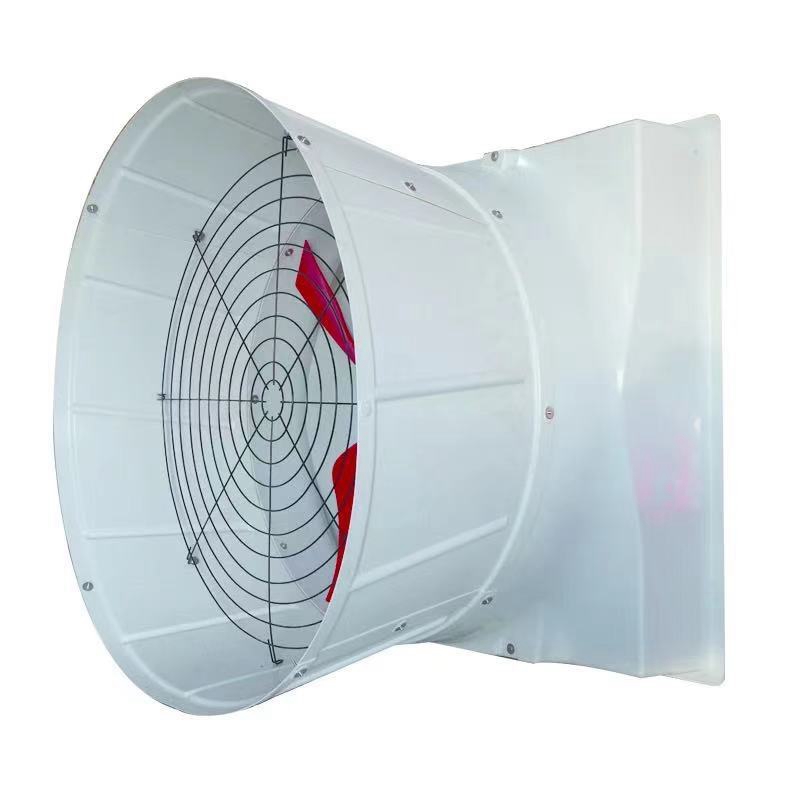Designing Efficient Housing Solutions for Modern Poultry Farming Needs
Oct . 14, 2024 02:30 Back to list
Designing Efficient Housing Solutions for Modern Poultry Farming Needs
Commercial Poultry Housing Strategies and Innovations
In the modern agricultural landscape, the poultry industry has become a critical component of the global food supply chain. As the demand for poultry products escalates due to population growth and changing dietary preferences, optimizing poultry housing systems has become paramount. Commercial poultry housing not only affects the health and welfare of the birds but also contributes significantly to operational efficiency, environmental sustainability, and economic viability. This article explores various aspects of commercial poultry housing, including design considerations, innovation, and practices that enhance productivity and animal welfare.
Design Considerations
When designing commercial poultry housing, several key factors need to be considered. Firstly, the environmental control within the housing structure is crucial. Accordingly, effective ventilation systems must be established to regulate temperature, humidity, and air quality. Poor ventilation can lead to respiratory problems in birds and increased susceptibility to diseases. Thus, modern housing designs often incorporate ventilation systems that are adjustable based on the season and poultry size.
Secondly, biosecurity is a critical concern in poultry housing. Preventing disease outbreaks is essential for maintaining flock health and ensuring the safety of poultry products. The design should facilitate easy cleaning and disinfection, incorporate separate zones for different age groups, and restrict access to unauthorized personnel. Utilizing materials that are resistant to corrosion and easy to maintain can enhance biosecurity efforts.
Types of Housing Systems
Commercial poultry housing can be broadly categorized into several systems, including cage systems, barn systems, and free-range systems. Each has its own advantages and challenges.
1. Cage Systems Often used in layer houses, these systems allow for high-density housing, making them space-efficient. Cage systems facilitate management and monitoring, reducing labor costs. However, they have faced criticism regarding animal welfare, prompting many producers to transition to enriched cages that provide more space and better living conditions for the birds.
commercial poultry housing

2. Barn Systems Also known as floor systems, these provide birds with more freedom to move, engage in natural behaviors, and exhibit social interactions. They can accommodate larger flock sizes and be designed for specific poultry types. While requiring more space and potentially posing challenges in litter management, barn systems are often more appealing to consumers concerned about animal welfare.
3. Free-Range Systems Free-range poultry systems allow birds access to outdoor areas, promoting natural behaviors and improving welfare. However, these systems also present challenges, such as predation and increased exposure to diseases. Sustainable management practices are essential to balance the benefits of outdoor access with the risks involved.
Innovations in Poultry Housing
Advancements in technology are revolutionizing commercial poultry housing. Automation is one notable trend, as systems for feeding, watering, and monitoring environmental conditions are increasingly utilized. Smart technology can provide real-time data on bird health, feed consumption, and climate control, allowing for proactive management interventions.
Energy efficiency is another area where innovation is taking hold. Utilizing renewable energy sources, including solar panels and biomass heating systems, can significantly reduce energy costs and the carbon footprint of poultry operations. Incorporating insulated materials and energy-efficient lighting also contributes to energy conservation.
Furthermore, the integration of data analytics and artificial intelligence (AI) in poultry housing has the potential to enhance productivity. By analyzing patterns in growth rates, feed conversion ratios, and health metrics, poultry producers can make data-driven decisions that optimize operations and enhance overall flock productivity.
Conclusion
The future of commercial poultry housing is characterized by a blend of traditional practices and innovative technologies. As the poultry industry continues to respond to growing global demands, housing designs will need to prioritize animal welfare, biosecurity, efficiency, and sustainability. By embracing new technologies and improving existing systems, poultry producers can create environments that not only meet the needs of their flocks but also ensure the safe and sustainable production of poultry products. Balancing productivity with ethical considerations will be essential to securing a successful and resilient poultry industry in the years to come.
-
Automatic Feeding Line System-Pan Feeder Nipple Drinker|Anping County Yize Metal Products Co., Ltd.
NewsJul.29,2025
-
Hot Sale 24 & 18 Door Rabbit Cages - Premium Breeding Solutions
NewsJul.25,2025
-
Automatic Feeding Line System Pan Feeder Nipple Drinker - Anping County Yize Metal Products Co., Ltd.
NewsJul.21,2025
-
Automatic Feeding Line System Pan Feeder Nipple Drinker - Anping County Yize Metal Products Co., Ltd.
NewsJul.21,2025
-
Automatic Feeding Line System - Anping Yize | Precision & Nipple
NewsJul.21,2025
-
Automatic Feeding Line System - Anping Yize | Precision & Nipple
NewsJul.21,2025






